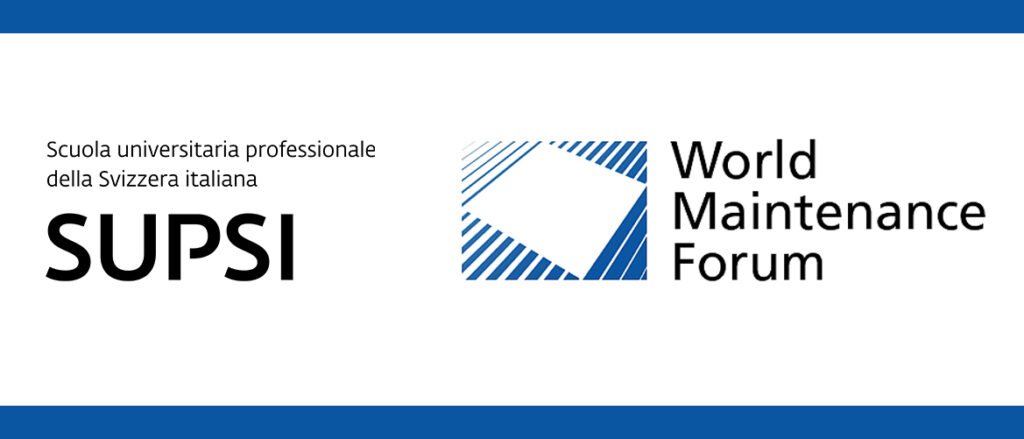Il documento allegato al presente articolo contiene un’analisi concisa delle esperienze italiane nel settore alimentare, redatta per la SUPSI di Lugano (Svizzera).
Ecco una panoramica dei punti chiave:
1. Italian food economy:
- High revenue: Second largest manufacturing sector in Italy with a turnover of 130 billion euros in 2012, contributing to 17% of GDP.
- Exports: Food exports amounted to 24.8 billion euros in 2012.
2. Industry Structure:
- Number of companies: Around 60,000 companies, mainly micro and small businesses.
- Product classification: Divided into traditional classic (65%), traditional evolved (17%), protected designations (9%), new products (8%) and organic (1%).
3. Economic impact and employment:
- Workforce: Involvement of approximately 900,000 employees in agriculture and 770,000 in retail.
- Main products: Dairy products, meat, pasta, cooking oil, canned and frozen vegetables are among the main ones.
4. Consumer trends and food quality:
- Consumer Awareness: Increasing attention to the quality and freshness of foods, balancing delicate heat treatments with food safety.
5. Innovations in packaging:
- Varied offer: Diversity in packaging solutions for conservation and visual communication.
- Trends: Increase in pre-packaged products, portioning of fruit/vegetables and single-dose formats.
6. Standardization and security:
- Regulations: Italy has 212 standards for food and drinks, 229 for packaging and 44 for machinery in the food sector.
- Security: Explore solutions such as holograms, barcodes, RFID to prevent counterfeits.
7. Product Safety:
- Safe packaging: Special packaging examined to protect children from dangerous substances.
This summary offers a quick and informative overview. For further information on Italian experiences in the food sector, you can download the complete document in PDF format.




